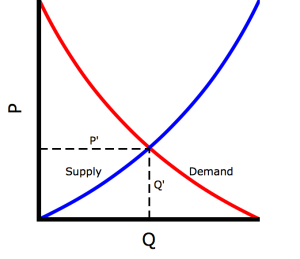Fans of crime fiction and keen observers of the law courts will be familiar with the idea of False Memory Syndrome (FMS). Witnesses and crime victims make statements that turn out to be untrue — not, it seems, because they were lying, but because they genuinely seemed to remember something that hadn’t happened. In quite a few cases, these false memories appear to have been suggested by psychotherapists, counsellors, police interviewers and other professionals seeking to help troubled individuals remember difficult circumstances. So serious have the resulting miscarriages of justice been that victims of FMS have set up the False Memory Syndrome Foundation and the British False Memory Society. Examples of false memories of sexual abuse are discussed in this article.
As this is a blog devoted to competing truths, one might think false memories need not concern us. They are, surely, by definition not true. Yet in a fascinating Radio 4 documentary, Past Imperfect, FMS expert Professor Elizabeth Loftus challenged this basic conception of false memories: “Memory does not work like a video-recording device, where you just record the event and play it back later. It’s a little bit more like a Wikipedia page, where you can go in there and change it… but so can other people.” All memories are “reconstructive”, because our brains aren’t designed to capture every detail of an event, but rather to recall the broad brushstrokes and then fill in the detail in a plausible manner. Do you really remember what your daughter was wearing and which way she was looking when she spoke her first word? Even if you can picture it, you may not be right. Inevitably, most memories will include some distortions, which means false memory is not black and white: some memories will be more accurate than others, but a false memory is as real as any other memory you hold. It is a fragment of your mind and therefore a kind of truth.
Certainly, false memories have real consequences. Several researchers have shown they can reliably implant false memories in the lab, making their guinea pigs believe they have seen or done things — even in the very recent past – which they have not. This can lead to significant behaviour modification. For example, a subject implanted with a false memory of getting sick from eating turkey became significantly less keen on the meat. Some researchers suggest this kind of false memory could be deployed to steer us away from poor nutritional choices: if you can be convinced you were once made ill by fatty, sugary foods, you may be more likely to choose fresh vegetables in the future. Would you rather your child had obesity or a few benign false memories, asks one advocate. Needless to say, this is a very slippery slope.
False memories, like other competing truths, can fundamentally shape our realities — and could be used to manipulate our beliefs and actions. Whether or not you view false memories as “true”, they are manifestly real enough to take seriously.

